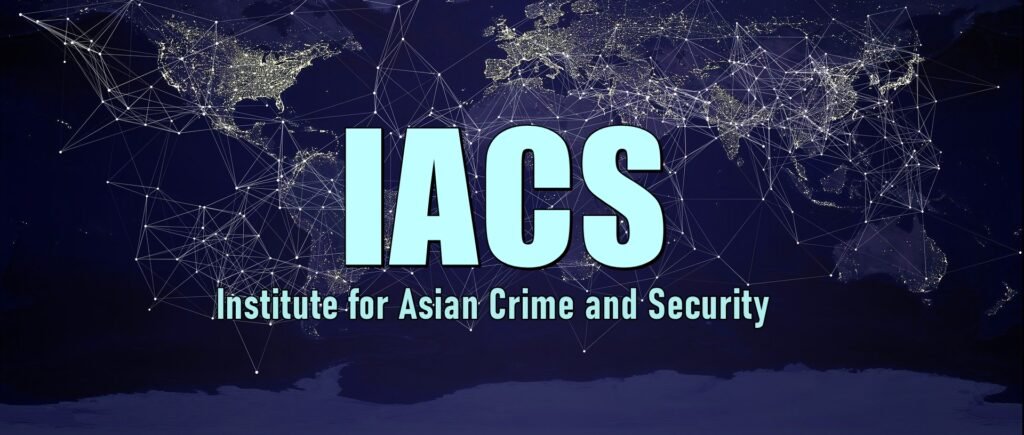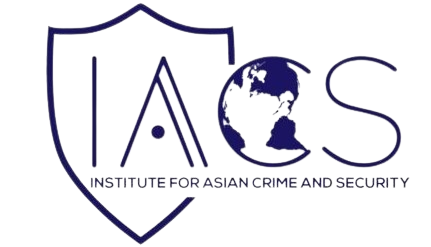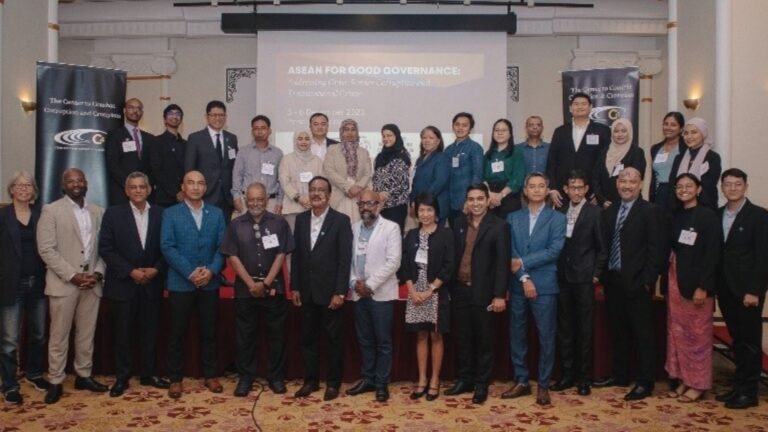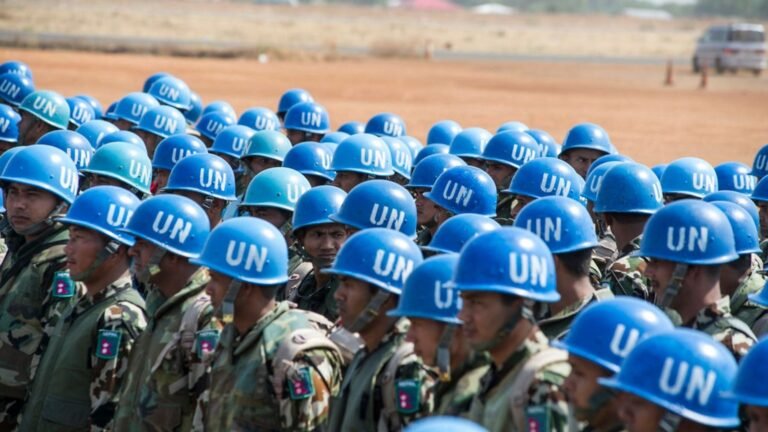The region stretching from the Pacific Ocean to the Indian Ocean is home to over half of the world’s population, nearly two-thirds of the world’s economy, and seven of the world’s largest militaries. The Indo-Pacific includes the world’s most populous state – China, the most populous democracy – India, and the world’s most populous Muslim-majority state – Indonesia. Additionally, around one-third of global shipping passes through the region, and in the years ahead, as the region drives as much as two-thirds of global economic growth, its influence will only continue to expand.
The Indo-Pacific has emerged as one of the pivotal theaters of both inter-state contestation and cooperation. The term ‘Indo-Pacific’ itself has been promulgated by some of the key stakeholders in the region, including the United States, Australia, Japan, and India. While still being a somewhat contested construct, the Indo-Pacific is largely considered either a combination of the Indian Ocean and the Pacific Ocean or these two oceans and the countries that surround them. [1] The United States and Australia share a similar geographic view of the region, encompassing the original Asia-Pacific with the addition of India. However, Japan and India have a broader understanding, including the Pacific and Indian Oceans and the surrounding countries. The Association of Southeast Asian Nations (ASEAN) is less concerned with a demarcated concrete boundary, as long as their association retains centrality in future regional architecture. [2]
While it is reluctant to ascribe itself to the Indo-Pacific, China is a key player in the region, no matter how the geographical boundary is defined. The political contention over geographical delineations demonstrates the strategic importance of the region. China has been steadily building military influence in the Indo-Pacific, and the region has become a new focal point for Sino-American rivalry. The meteoric rise of China and its irredentist claims, particularly in the East and South China Seas, have led to territorial disputes with Vietnam, the Philippines, and Japan. The relative decline of US influence in the region has pressed other notable powers, such as Australia, Japan, and India, to play new roles in maintaining regional stability. [3]
The Indo-Pacific has witnessed a proliferation of multilateral platforms for cooperation and dialogue. These include the Quadrilateral Security Dialogue (QUAD) of Australia, Japan, India, and the US, the India-Australia-Japan trilateral, the India-Indonesia-Australia trilateral, and AUKUS, an alliance of Australia, the UK, and the US. [4] As an aspiring power in the region, India has also become active in platforms such as the ASEAN Defence Ministers Meeting, the ASEAN Regional Forum, the Bay of Bengal Multi-Sectoral Technical and Economic Cooperation (BIMSTEC), and the India-Pacific Islands Cooperation. [5] India’s growing naval cooperation with Indonesia, Singapore, and Vietnam has added another dynamic of security cooperation in the region, with the Japan-India strategic relationship being driven by China’s growing economic and military might, plus its willingness to engage in territorial disputes. [6] [7]
These developments challenge the centrality of Southeast Asian countries in the region, the very states that have formed the region’s coveted socio-economic progress. While security partnerships such as the Quad and AUKUS do not explicitly seek to replace ASEAN initiatives, they do reveal the eagerness of non-Southeast Asian countries to play a prominent role in shaping the region. Southeast Asian states face critical policy challenges that impede regional integration or anything resembling functional joint security or strategic cooperation. While steps have been made to create a common framework, for example, the ASEAN Outlook on the Indo-Pacific adopted in 2019, the document serves merely as a set of guiding principles to formulate foreign policy while pursuing individual regional goals. It does not provide a firm basis on which Southeast Asian countries can come together in the context of regional integration, security, or geopolitics. While the Regional Comprehensive Economic Partnership (RCEP) incorporates some Indo-Pacific countries under a common free trade agreement (FTA), it does not cover the entire region, and with the commitments being far less stringent than current bilateral commitments, the scope of RCEP is restricted as a mutual operating framework. Until a broader conceptual framework can be agreed upon, individual states and private multinationals drive the vast majority of commerce in the region. [8] [9]
Russia is also gaining an Indo-Pacific foothold through Myanmar. While Western states attempt to make a pariah of Russia as a punitive measure for the invasion of Ukraine, Moscow has managed to widen its reach and influence. Russia has supported Myanmar’s military junta with drones, fighter jets, and armored vehicles, according to a UN Myanmar expert, and thwarted statement attempts at the UN Security Council aimed at Myanmar’s humanitarian crisis. [10] [11] The two governments are seemingly further united by Western sanctions’ increasing common ground. Myanmar’s geostrategic location is considered a great opportunity for Russia. Situated between India and China, with a coastline facing the Bay of Bengal, Myanmar has access to both the Indian Ocean and the maritime trade routes leading into the South China Sea. [12] Across the rest of the region, countries such as India and Indonesia have maintained close ties with Russia, despite tough sanctions from Western states. China’s deepening ties with Russia are also working to exacerbate ongoing polarization; certainly, the region is in a state of flux.
The Indo-Pacific’s significance as the major economic zone and its complicated security environment add multidimensional layers of additional convolution to an already complex region. The future of the region’s cooperative landscape will be shaped by a multitude of interconnected features. Sino-American rivalry currently offers a broad structure under which third countries navigate benefits and hedge against risks. China’s strategic weight and compulsion towards hegemony have encouraged defensive partnerships, but at the same time, meaningful cooperation is likely to develop on a case-by-case basis in confrontation with specific issues. Flexible frameworks create breathing room for countries that do not want to choose sides and encourage middle powers to develop synergies that allow concrete, legitimate action. [13]
References
- Haruko, W. (2020) The Indo-Pacific Concept: Geographical Adjustments and their Implications. Rajaratnam School of International Studies, Singapore. [Online] Working Paper 326.
- He, K. & Mingjiang, L. (2020) Understanding the dynamics of the Indo-Pacific: US–China strategic competition, regional actors and beyond. [Online] International Affairs. Vol. 96 (1), 1–7.
- Dingli, S., Economy, E., Haass, R., Kurlantzick, J., Smith, S. & Tay, S. (2019) China’s Maritime Disputes. [Online] Council on Foreign Relations.
- Pant, H. & Kamath, R. (2021) AUKUS and the Indo-Pacific: Stakeholders Weigh their Wins and Losses. [Online] Observer Research Foundation. Special Report 173.
- Ghosh, A., Sarkar, A. & Chaudhury A. (2022) Security, Economy, and Ecology: Setting Priorities for Cooperation in the Indo-Pacific. [Online] Observer Research Foundation. Special Report 184.
- Saha, P. (2021) India Calibrates its South China Sea Approach.[Online] Observer Research Foundation. Issue Brief 477.
- Pant, H. (2021) The rising sun in India-Japan relations. [Online] Observer Research Foundation. Commentaries.
- (2019) ASEAN Outlook on the Indo-Pacific. [Online] Association of Southeast Asian Nations.
- Flach, L., Hildenbrand, H. &Teti, F. (2021) The Regional Comprehensive Economic Partnership Agreement and Its Expected Effects on World Trade. [Online] Intereconomics. Vol. 56 No. 2. pp-92-98
- (2022) U.N. Myanmar expert says junta using new Russian, Chinese arms against civilians. [Online] Reuters Asia-Pacific.
- Strangio, S. (2022) China, Russia Again Veto UN Statement on Myanmar Conflict. [Online] The Diplomatic.
- Zeeshan, M. (2022) Russia is Gaining an Indo-Pacific Foothold Through Myanmar. [Online] The Diplomat.
- Pajon, C. (2019) Japan’s Indo-Pacific Strategy: Shaping a Hybrid Regional Order. [Online] Texas National Security Review.
Featured Image: PICRYL
About the Author: Michael Damiani is a research associate with the IACS. He holds an MSc in International Development and Global Studies from Roskilde University, Denmark








